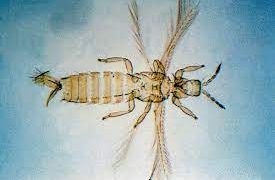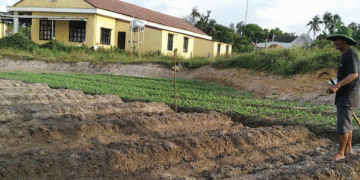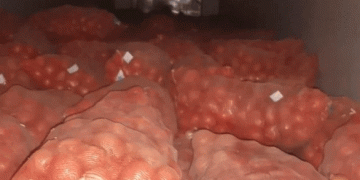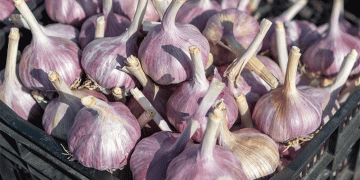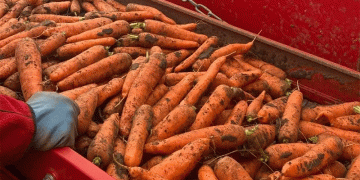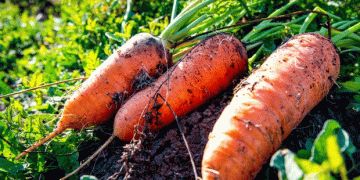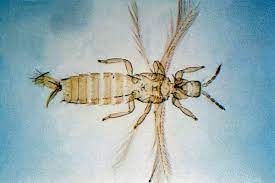Thrips Palmi, also known as Melon Thrips, is a tiny but formidable pest that can cause significant damage to melon crops. In this article, we will explore the life cycle, behavior, and management strategies of Thrips Palmi, as well as its impact on melon production.
According to the Food and Agriculture Organization (FAO), Thrips Palmi is a major pest in tropical and subtropical regions, and it is considered one of the most destructive pests of cucurbit crops, including melons. Thrips Palmi can cause direct damage to the leaves, flowers, and fruit of melon plants, as well as transmit viruses that can cause further damage.
Thrips Palmi has a short life cycle of around 12-18 days, during which it passes through several stages, including egg, larva, pupa, and adult. The adult thrips are very small (less than 2mm in length) and yellowish to brown in color. They feed on the plant’s sap and reproduce rapidly, leading to large infestations.
To manage Thrips Palmi, a combination of cultural, mechanical, and chemical control methods can be used. Cultural methods include practices such as crop rotation, removal of infected plant debris, and use of resistant varieties. Mechanical control methods include the use of sticky traps and vacuuming. Chemical control methods involve the use of insecticides, but it is essential to use them carefully and strategically to avoid the development of resistance.
In conclusion, Thrips Palmi can cause significant damage to melon crops, but it is possible to manage it effectively with a combination of control strategies. Early detection, monitoring, and a well-planned integrated pest management (IPM) program can help to minimize the damage and ensure a successful melon harvest.
#ThripsPalmi #MelonThrips #CucurbitPests #IntegratedPestManagement #CropProtection
